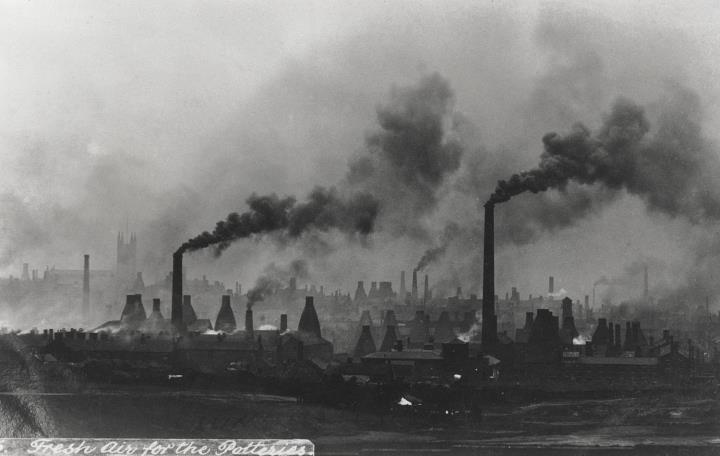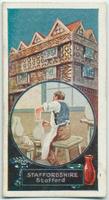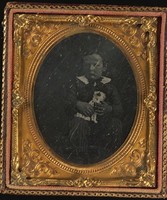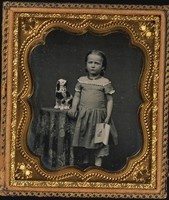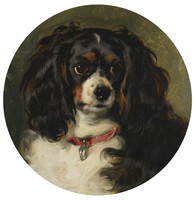Context
Staffordshire dog figurines date back to 1720, but their popularity rose during the reign of Queen Victoria (1837-1901). Victoria famously loved her Cavalier King Charles Spaniel named Dash, who was immortalized in paintings (like the one seen below) and prints. In the West Midlands of England, potteries in the county of Staffordshire began producing pairs of spaniel figurines to decorate fireplace mantels. While the Staffordshire potters produced dogs of various breeds, the spaniel figurines became particularly popular because of their royal association. Objects like the Staffordshire dogs flourished during the Victorian era as Britain's upper and middle classes rose and their propserity lead to the grand, excessive ornamentation of Victorian decorative arts.
Staffordshire was an ideal location for pottery production because of its natural clay terrain and plentiful coal that could power kilns. As factories popped up to meet public demand, six towns in the county became collectively known as the Staffordshire Potteries. Working conditions in the Potteries was harsh and often unsanitary, as illustrated in the picture postcard above, and workers frequently developed lung problems. Worse still, many workers were children who were forced into labor to help support their lower class families.
There is a stark contrast between where Staffordshire figurines were made and where they ended up. Despite its dark origins, Staffordshire pottery became famous around the country (evidenced on the cigarette card below) and it became especially fashionable to have spaniel figurines. They remain an emblem of the Victorian era.
